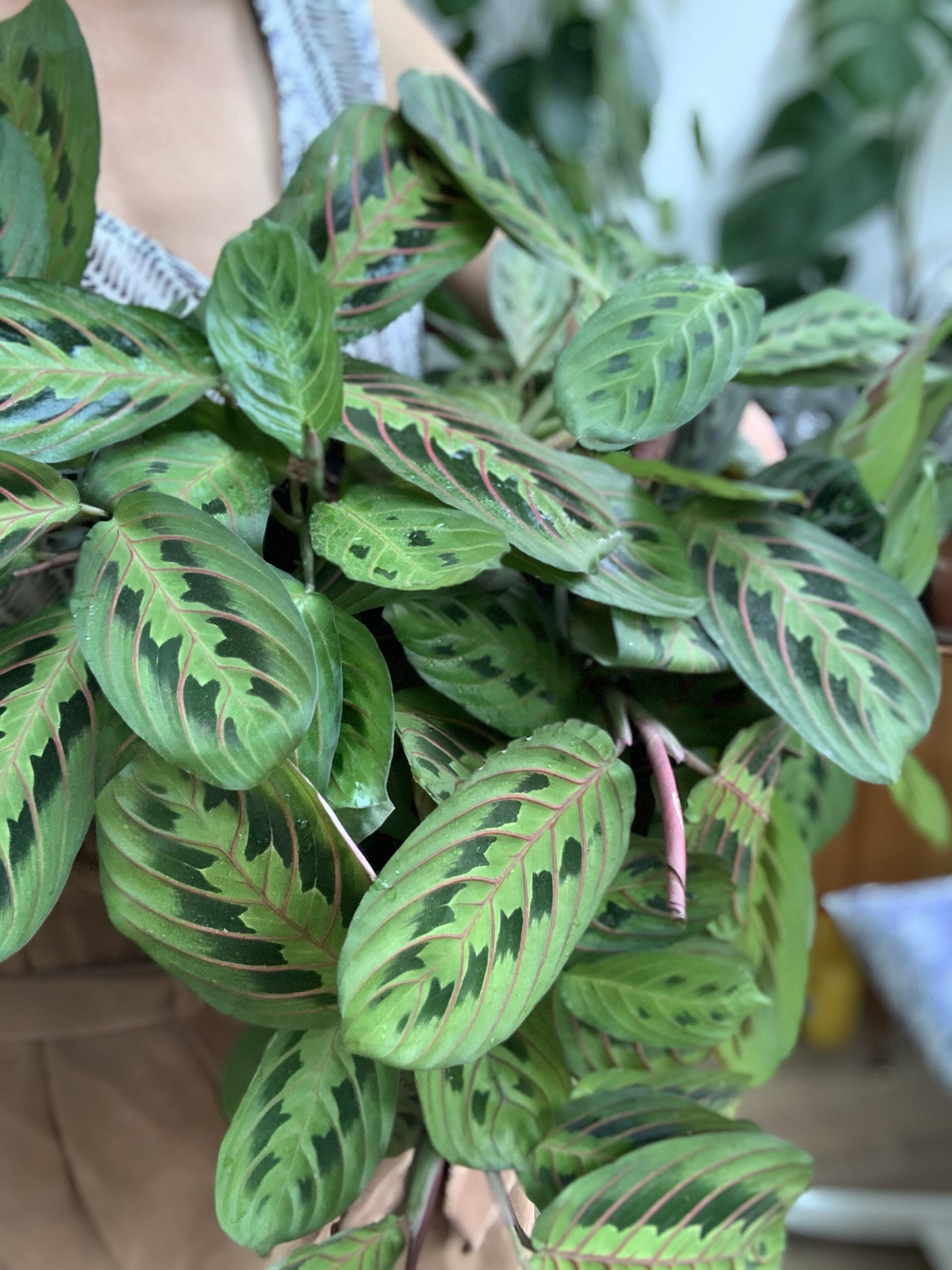Maranta Plants: A Tropical Treasure
Maranta plants, with their striking foliage and unique characteristics, have captivated plant enthusiasts for centuries. Native to the tropical rainforests of South and Central America, these plants have become popular houseplants due to their relatively low maintenance requirements and their ability to add a touch of the exotic to any indoor space. In this comprehensive article, we will delve into the world of Maranta plants, exploring their fascinating history, diverse species, care tips, and common problems.
A Brief History of Maranta Plants
The genus Maranta is named after Bartolomeo Maranta, an Italian botanist who lived in the 16th century. Maranta plants were first introduced to Europe in the 17th century and quickly gained popularity among collectors of exotic plants. Their unique ability to fold their leaves together at night, a phenomenon known as “nyctinasty,” was particularly intriguing to early botanists.
:max_bytes(150000):strip_icc()/grow-maranta-inside-1902647-02-de777eb8e7804c3d86d658cd242583d6.jpg)
Diverse Species of Maranta Plants
The Maranta genus encompasses a wide variety of species, each with its own distinct features. Some of the most popular Maranta plants include:
Maranta leuconeura: This species is characterized by its dark green leaves with prominent white veins. It is often referred to as the “Prayer Plant” due to its nyctinastic movements.
Caring for Maranta Plants

Maranta plants are relatively easy to care for, but they do have specific needs that must be met to ensure their health and vitality. Here are some essential care tips:
Light: Maranta plants prefer bright, indirect light. Avoid exposing them to direct sunlight, as this can scorch their leaves.
Common Problems with Maranta Plants
While Maranta plants are generally hardy, they can be susceptible to certain problems. Here are some common issues and their solutions:
Yellowing leaves: This can be caused by overwatering or underwatering. Adjust your watering schedule accordingly.
Conclusion
Maranta plants are a beautiful and versatile addition to any indoor garden. With their striking foliage and unique characteristics, they offer a touch of the exotic right in your own home. By following the care tips outlined in this article, you can enjoy the beauty of Maranta plants for years to come.